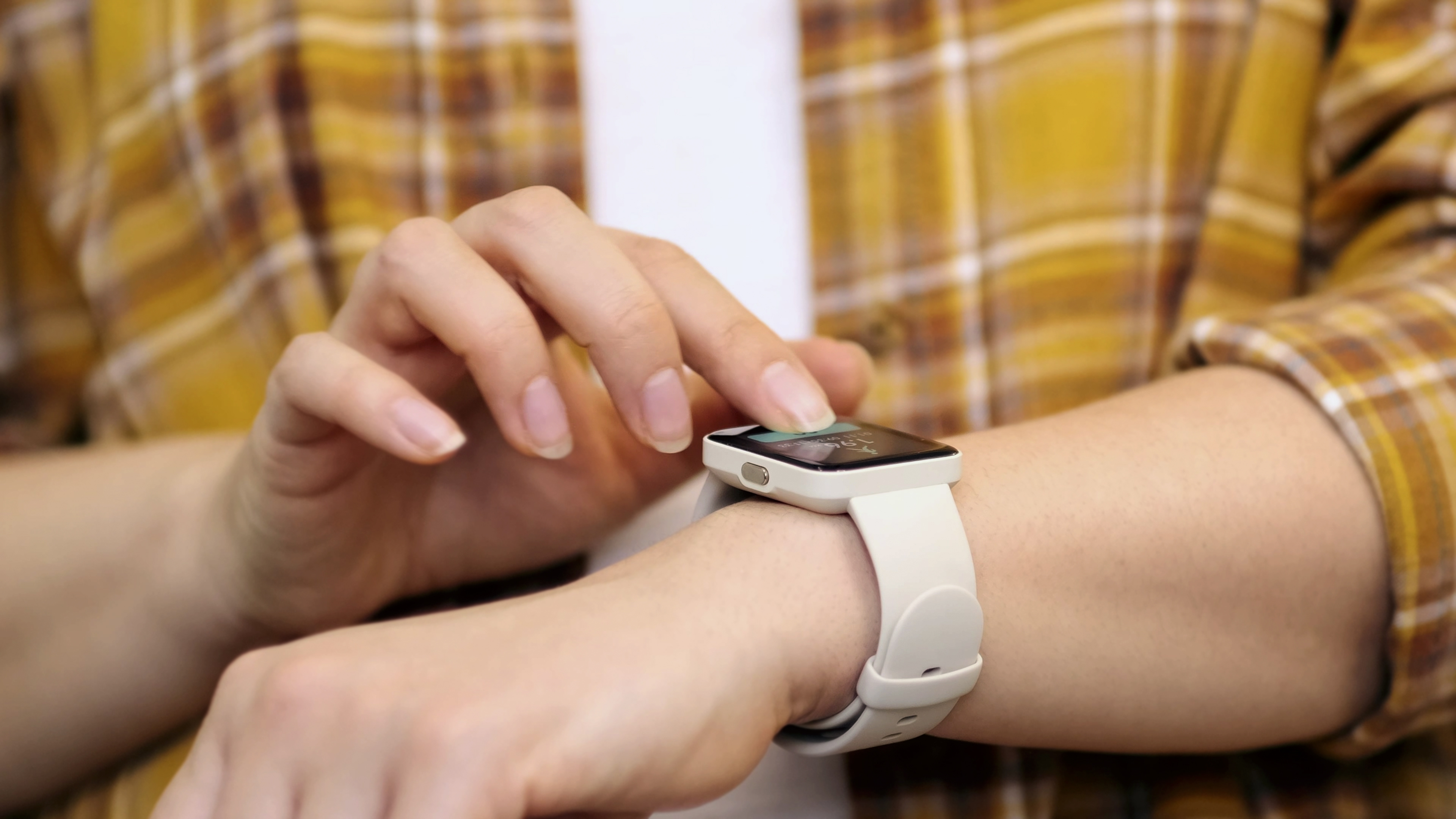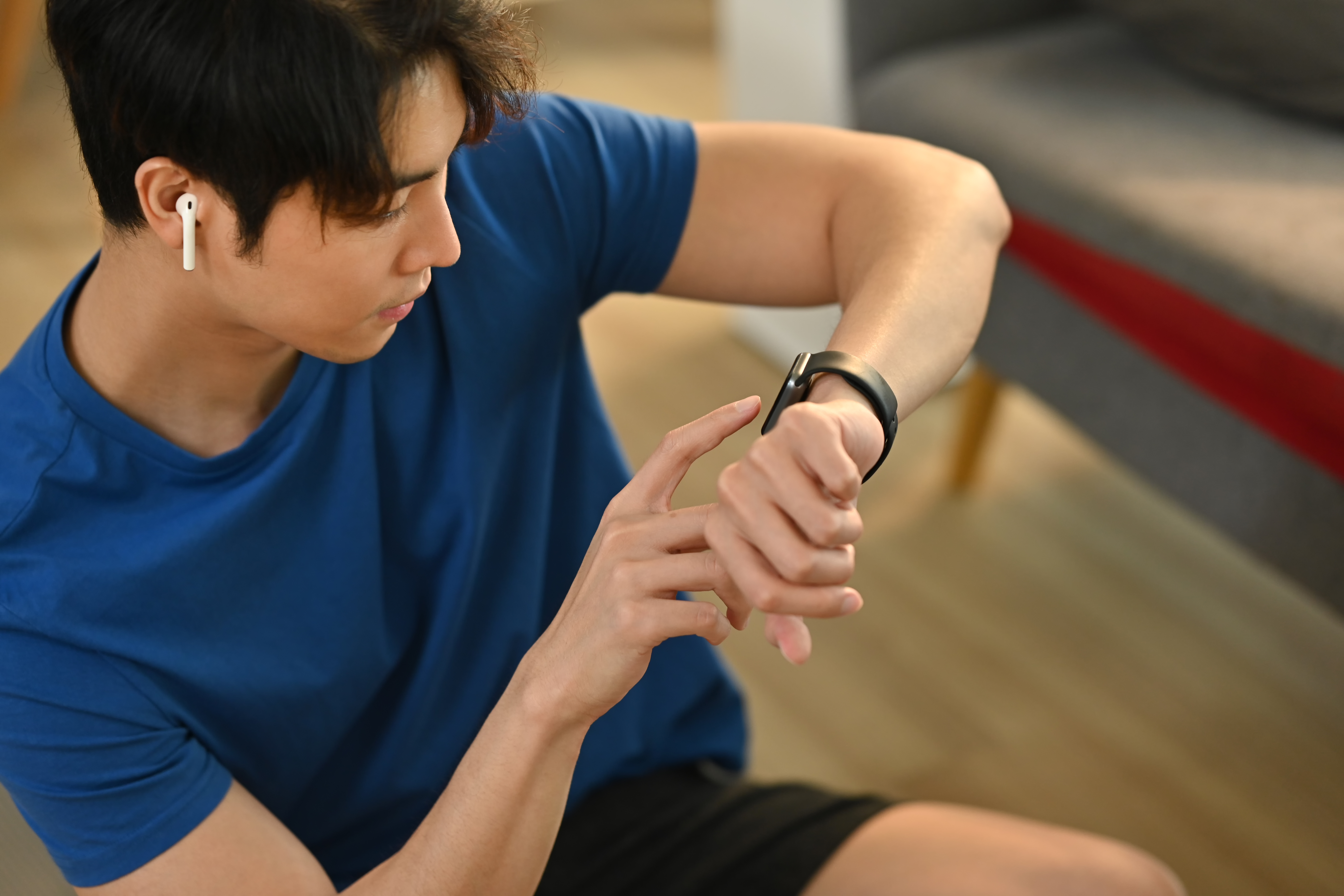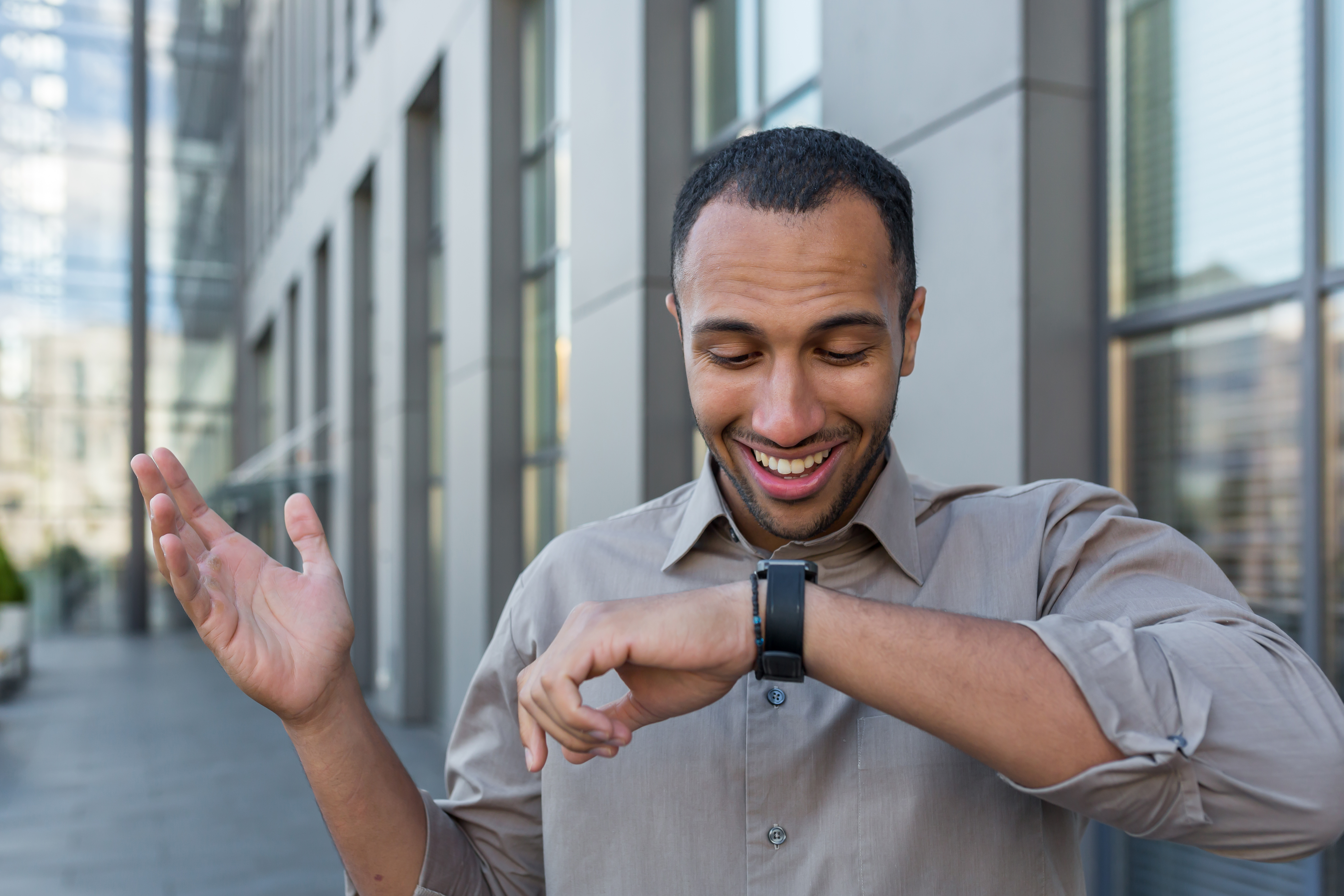Ways Your Smartwatch Data Can Reveal Hidden Health Risks (And What to Do)
In an era where technology seamlessly integrates with daily life, smartwatches have emerged as pivotal tools in personal health monitoring. These wrist-worn devices have transcended their initial roles as mere timekeepers and fitness trackers, evolving into sophisticated health monitors capable of capturing myriad physiological signals. The allure of smartwatches lies in their ability to provide real-time data, empowering users to make informed health decisions. This article explores the intricate world of smartwatch health monitoring, offering insights into 12 essential steps to decode hidden health signals and take action. With an ever-growing array of features, smartwatches are not just gadgets; they are personal health allies. Let's take a look into the specifics of how these devices can transform our understanding of health and wellness!
1. Understanding the Basics of Smartwatch Sensors

Smartwatches are equipped with a variety of sensors that capture different health metrics. These sensors include accelerometers, gyroscopes, optical heart rate monitors, and even electrocardiogram (ECG) sensors. Each sensor plays a unique role in monitoring specific health parameters. For instance, accelerometers and gyroscopes work in tandem to track movement and estimate energy expenditure, while optical heart rate monitors use light to measure blood flow and heart rate. Understanding the function of these sensors is crucial for interpreting the data they provide. By familiarizing oneself with the basics of these technologies, users can better appreciate the depth of information their smartwatches offer, leading to more effective health management.
2. The Role of Heart Rate Monitoring

Heart rate monitoring is one of the most fundamental features of a smartwatch. By continuously tracking heart rate, users can gain insights into their cardiovascular health. Resting heart rate is a key indicator of fitness and overall health, with lower rates generally suggesting better cardiovascular efficiency. Additionally, heart rate variability (HRV) can provide insights into stress levels and autonomic nervous system balance. Smartwatches also offer alerts for irregular heartbeats, potentially identifying conditions such as atrial fibrillation. Understanding and acting upon heart rate data can prompt lifestyle changes that improve heart health, such as increased physical activity or stress reduction techniques.
3. Tracking Sleep Patterns for Better Health

Sleep is a critical component of overall health, influencing everything from cognitive function to immune response. Smartwatches equipped with sleep tracking capabilities offer valuable insights into sleep duration, quality, and stages. By analyzing movement and heart rate during sleep, these devices can estimate time spent in light, deep, and REM sleep. Understanding sleep patterns can highlight areas for improvement, such as the need for a consistent sleep schedule or a more conducive sleep environment. By taking action based on sleep data, users can enhance their sleep quality, leading to improved mood, energy levels, and overall well-being.
4. Decoding Stress Levels Through Wearable Technology

The ability to monitor stress levels is a relatively new but important feature of many smartwatches. By analyzing heart rate variability and other physiological signals, these devices can estimate stress levels throughout the day. Chronic stress is linked to a host of health issues, including heart disease and mental health disorders. With real-time stress monitoring, users can identify stress triggers and implement coping strategies such as mindfulness or breathing exercises. By taking proactive steps to manage stress, individuals can reduce its impact on their health, improving both physical and mental well-being.
5. Utilizing ECG for Early Detection of Heart Issues

Electrocardiogram (ECG) functionality in smartwatches represents a significant advancement in personal health monitoring. By capturing the electrical activity of the heart, ECG can detect abnormalities such as atrial fibrillation, a common and potentially serious heart rhythm disorder. Early detection of such conditions can prompt timely medical intervention, reducing the risk of complications like stroke. Smartwatches with ECG capabilities provide users with a convenient way to monitor their heart health, offering peace of mind and encouraging proactive health management. Understanding how to use and interpret ECG data is crucial for leveraging this powerful tool effectively.
6. Blood Oxygen Monitoring: A Window to Respiratory Health

Blood oxygen monitoring, or SpO2 measurement, is another valuable feature found in many modern smartwatches. By shining light through the skin, these devices estimate the amount of oxygen in the blood, providing insights into respiratory health. Low blood oxygen levels can indicate issues such as sleep apnea or respiratory infections. By regularly monitoring SpO2 levels, users can identify potential health concerns early and seek medical advice if necessary. This feature is particularly important for individuals with respiratory conditions or those living at high altitudes. Understanding the implications of blood oxygen data can lead to proactive health measures and better respiratory health.
7. The Importance of Activity Tracking

Activity tracking is a cornerstone of smartwatch functionality, encouraging users to maintain an active lifestyle. By monitoring steps, calories burned, and active minutes, smartwatches provide a comprehensive overview of daily physical activity. Regular exercise is essential for maintaining a healthy weight, improving cardiovascular health, and reducing the risk of chronic diseases. Smartwatches often include personalized activity goals and reminders, motivating users to stay active throughout the day. By understanding activity data and setting realistic goals, individuals can enhance their fitness levels and overall health, making activity tracking an invaluable tool for wellness.
8. Nutrition and Hydration: The Overlooked Signals

While smartwatches primarily focus on physical activity and physiological metrics, they can also support nutrition and hydration tracking. Some devices allow users to log food intake and water consumption, providing a holistic view of health. Proper nutrition and hydration are fundamental to overall well-being, affecting energy levels, cognitive function, and physical performance. By integrating nutrition and hydration tracking with other health data, smartwatches can help users identify dietary patterns and make informed choices. Understanding the impact of nutrition and hydration on health can lead to improved dietary habits and better overall wellness.
9. Personalized Health Insights Through AI

Artificial intelligence (AI) plays a crucial role in transforming raw smartwatch data into actionable health insights. By analyzing patterns and trends, AI algorithms can provide personalized recommendations and alerts. For example, AI can identify deviations from typical health patterns, prompting users to investigate potential issues. Personalized insights can also guide users in setting realistic health goals and tracking progress over time. As AI technology continues to evolve, smartwatches will become even more adept at delivering tailored health advice, empowering users to take control of their health journey.
10. Privacy and Security in Health Data Management

With the wealth of health data collected by smartwatches, privacy and security are paramount concerns. Users must be aware of how their data is stored, shared, and protected. Most smartwatch manufacturers implement robust security measures, such as encryption and secure cloud storage, to safeguard user data. However, individuals should also take steps to protect their privacy, such as using strong passwords and regularly updating device software. Understanding the importance of data privacy and security can help users make informed decisions about sharing their health information, ensuring that their personal data remains safe.
11. Integrating Smartwatch Data with Professional Healthcare

Smartwatches offer a wealth of health data that can complement professional healthcare. By sharing data with healthcare providers, users can gain deeper insights into their health and receive more personalized care. Many smartwatches are compatible with health apps that facilitate data sharing, enabling seamless communication between users and healthcare professionals. This integration can enhance the accuracy of diagnoses and the effectiveness of treatment plans. Understanding how to effectively share smartwatch data with healthcare providers can lead to improved health outcomes and a more collaborative approach to health management.
12. Overcoming Limitations and Maximizing Benefits

While smartwatches offer numerous health benefits, they also have limitations. For instance, the accuracy of some sensors may vary, and certain health metrics may require professional validation. Users should be aware of these limitations and use smartwatch data as a supplement, rather than a replacement, for professional medical advice. By understanding the capabilities and constraints of smartwatch technology, individuals can maximize its benefits while maintaining a balanced approach to health monitoring. Educating oneself about these aspects can lead to more effective use of smartwatches as health tools.
As technology continues to advance, smartwatches will play an increasingly important role in health monitoring. These devices offer a unique blend of convenience, accessibility, and comprehensive health insights. By understanding and acting upon the data provided by smartwatches, users can take proactive steps towards better health and wellness. The journey of decoding hidden health signals and taking action is ongoing, with smartwatches serving as valuable companions along the way. Embracing this technology can lead to a more informed and empowered approach to health management, paving the way for a healthier future.